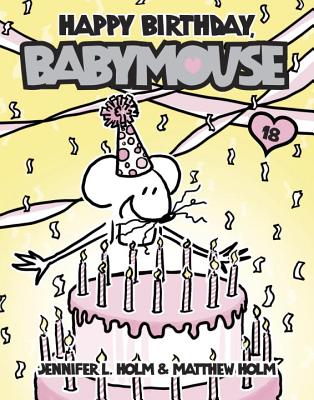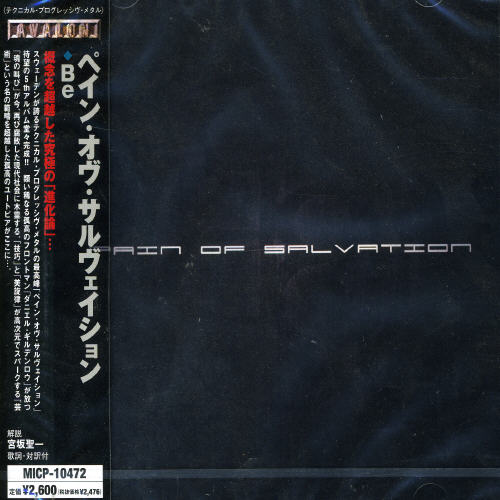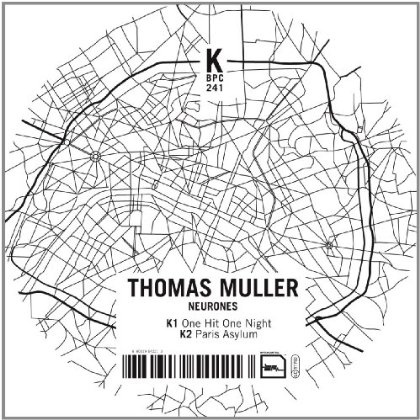
Thomason, Steve
Geography. Matthew, Mark, and Luke share a similar chrological pattern to Jesus' life. In those stories he spends the first few years of his ministry in Galilee, and then dramatically enters Jerusalem for the last week to face his crucifixion and then is resurrected from the dead. John, however, places Jesus back and forth between Galilee and Jerusalem throughout his ministry.
Style. Matthew, Mark, and Luke emphasize more what Jesus said and did, and let the reader decide who Jesus is. John, however, is very clearly making bold theological statements that Jesus is the Word of God made flesh. This book is a theological biography of Jesus.
Outline
Introduction: Chapter 1
The Gospel begins with a poem that connects Jesus to both Genesis and Exodus. Jesus is the Word of God made flesh that dwells among us. John the Baptist is the witness to show us Jesus' identity.
Book of Signs: Chapters 2-11
Jesus does a series of things that John calls signs that point to Jesus' true identity. He turns water to wine, has radical conversations, heals people, feeds thousands, makes bold claims about himself, and raises the dead. All of these things are intended to help you trust that he is who he claims to be.
Final Week: Chapters 12-19
Jesus' signs cause a disruption among the people. Some say he is the Messiah. Some say he's crazy. The religious leaders want to suppress his movement before he evokes the wrath of Rome. Just before he is to be betrayed and executed, Jesus spends five chapters comforting his closest friends and promising that the Holy Spirit would be with them when he is gone.
Resurrection Life: Chapters 20-21
Jesus rises from the dead and appears to Mary Magdalene and the disciples. He breathes the Holy Spirit on them and assures them that they can trust him. Finally, Jesus restores Peter and offers hope to all his disciples that forgiveness and restoration are the resurrection life.







